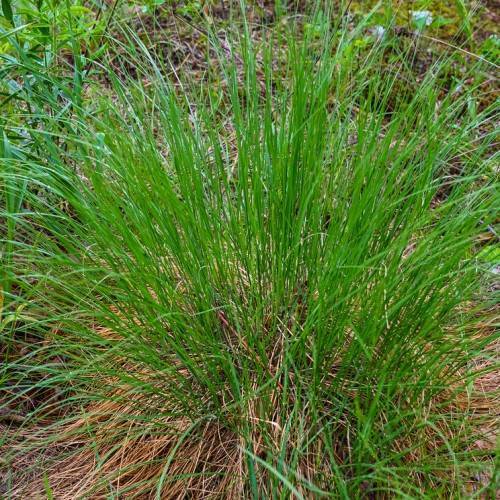
prairie dropseed
Sporobolus heterolepis
Cycle:
Perennial
Watering:
Minimum
Hardiness Zone:
3 - 9
Flowers:
Flowers
Sun:
Full sun
Leaf:
Yes
Growth Rate:
Low
Maintenance:
Low
Drought Tolerant:
Yes
Care Level:
Low
watering
Prairie dropseed should be watered deeply and thoroughly once a week during the growing season. The soil should be damp but never soggy. Allow the top 1-2 inches of soil to dry out before watering again (often times pushing your finger into the soil can help you determine the moisture level). An additional weekly watering during periods of extended drought can also be beneficial.
sunlight
Prairie dropseed (Sporobolus heterolepis) is a warm season ornamental grass that prefers to grow in full sun. It requires 6-8 hours of direct sunlight daily, with the most intense hours usually between the late morning and mid-afternoon hours. The grass needs sunlight to grow and thrive. When possible, it is also beneficial to give the grass a few hours of shade during the hottest part of the day during the hottest summer months. Too much direct sunlight during the hottest times can cause the grass to become excessively dry or even scorched, leaving it more vulnerable to diseases and other pests.
pruning
Prairie dropseed should be pruned in late winter or early spring before new growth begins. This type of grass typically does not require a lot of pruning, as it naturally forms a mounded shape. The most important aspect of pruning is to remove any dead or damaged foliage. Any weeds growing among the blades of grass should also be pulled out. If the plant is looking overgrown, you can trim the foliage back to encourage healthier new growth. For prairie dropseed, it is helpful to let some of the seed heads remain over the winter because birds may be attracted to them.
